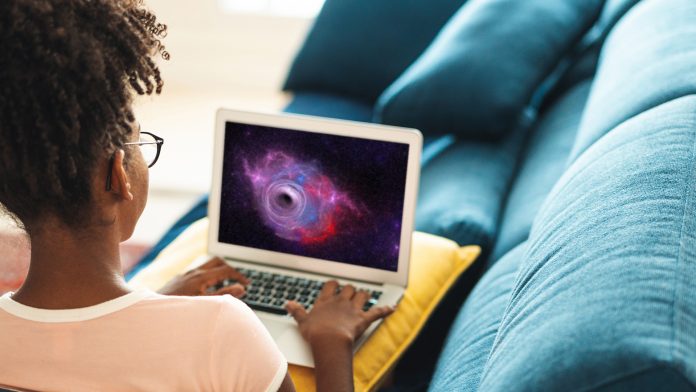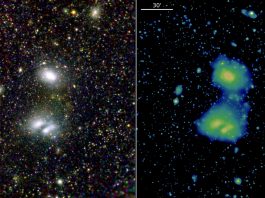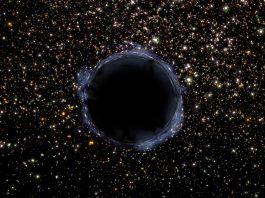The public are invited to help the scientific community understand gravitational waves produced by black holes collision.
“As our gravitational wave detectors become more sensitive, we’re going to need to greatly expand our efforts to understand all of the information encoded in gravitational waves from colliding binary black holes,” said West Virginia University assistant professor Zachariah Etienne.
“We are turning to the general public to help with these efforts, which involve generating unprecedented numbers of self-consistent simulations of these extremely energetic collisions. This will truly be an inclusive effort, and we especially hope to inspire the next generation of scientists in this growing field of gravitational wave astrophysics.”
Gravitational waves caused by black hole collision
In 2015, the Laser Interferometer Gravitational-Wave Observatory‘s (LIGO) first detected gravitational waves produced by colliding black holes. This discovery inspired scientists to conduct more thorough tests of the theories that help explain how the universe works.
Since the 2015 discovery, LIGO and Virgo have detected gravitational waves from eight additional black hole collisions. This month, LIGO and Virgo began new observations which run at unprecedented sensitivities.
Black holes are known to contain two physical quantities: spin and mass. Spin, for example, can then be broken down further into direction and speed. Etienne and his colleagues are examining a total of eight parameters when LIGO or Virgo detect waves from a collision of two black holes.
Etienne says that this study needs better computing capacity to run the simulations required to understand the properties and other information contained in gravitational waves.
BlackHoles@Home open to the public
Etienne and his team are currently developing a free middleware system which is designed to utilise the processing power of thousands of personal computers across the globe. The West Virginia team has named their project BlackHoles@Home and expects to have the software ‘public ready’ by the end of 2020.
“Each desktop computer will be able to perform a single simulation of colliding black holes,” said Etienne. “The simulations we need to perform, with the public’s help, are designed to fill large gaps in our knowledge about gravitational waves from these collisions by covering as many possibilities as we can for these eight parameters. Current black hole simulation catalogues are far too small to properly cover this wide space of possibilities.”









